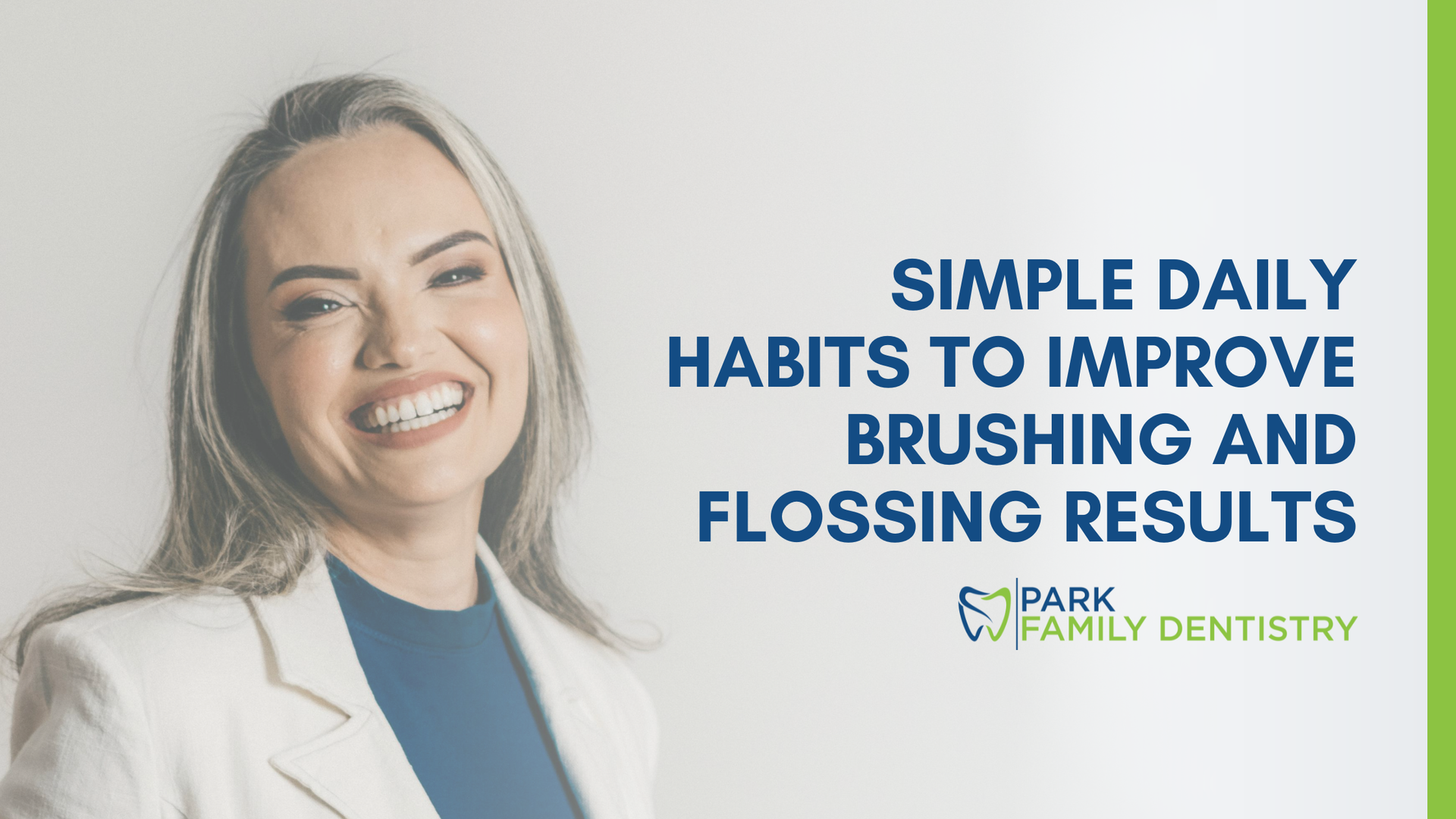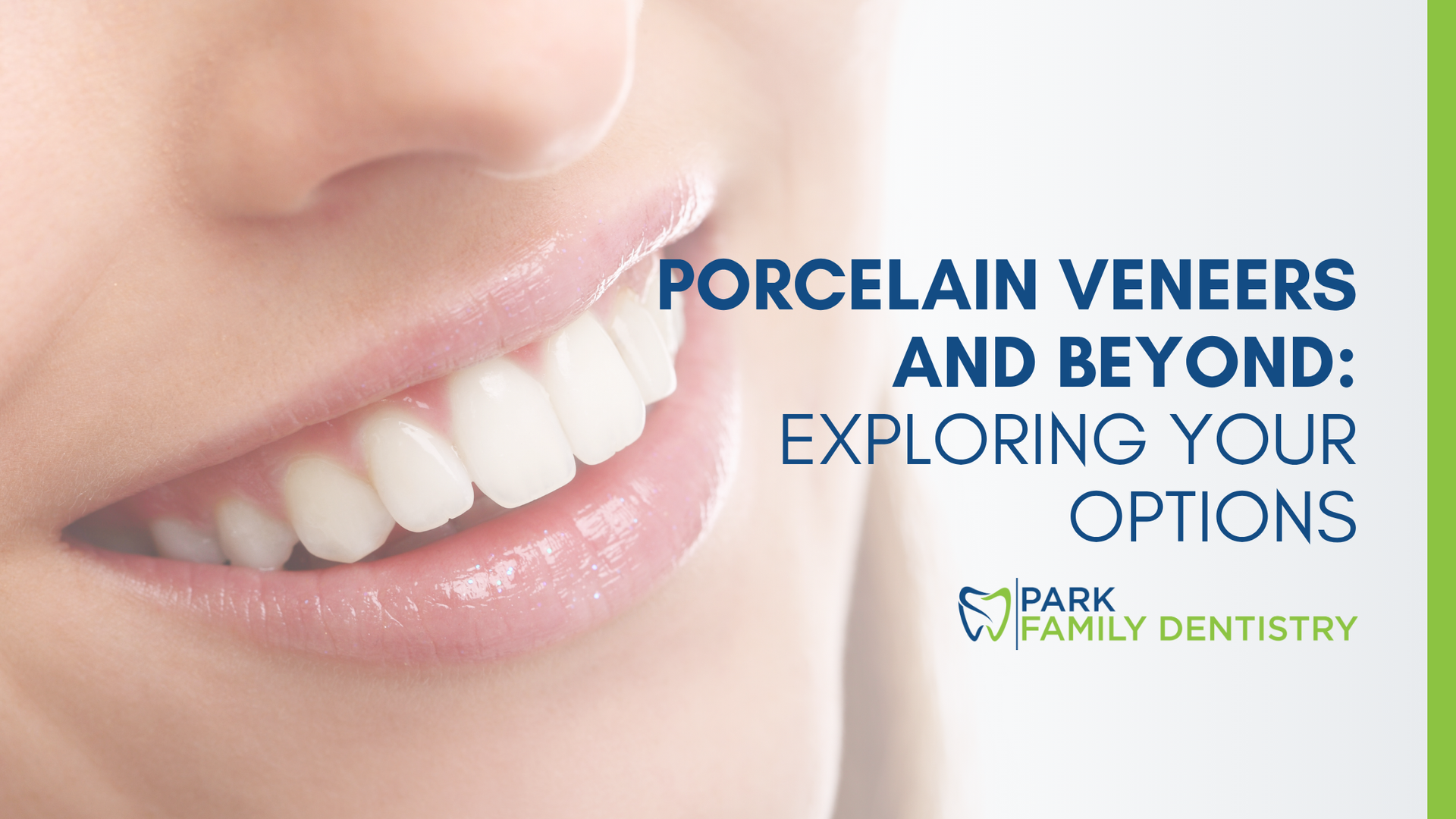Understanding Dental Crowns: Purpose, Process, and Materials
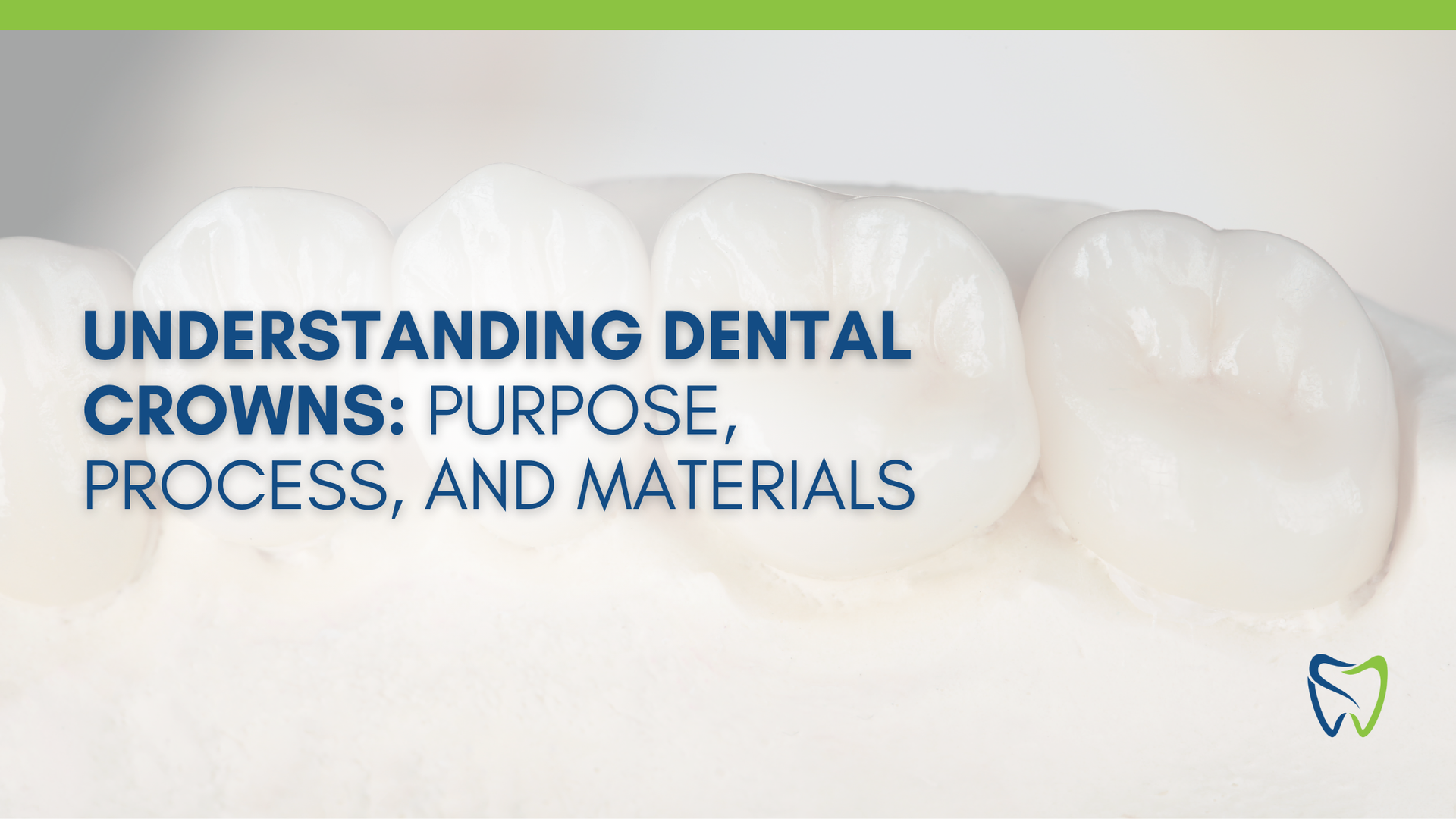
Source: Dr. Marketing
Teeth are designed to last a lifetime, but daily use, accidents, and health conditions can weaken them over time. When a tooth loses too much structure to support a filling but does not yet need extraction, dentists often recommend a crown. A dental crown acts as a protective cover, restoring both function and appearance. Though crowns are one of the most common restorative treatments, many people wonder what they are really made of, how they work, and why they are such an important part of modern dentistry. At Park Family Dentistry, we believe that patients in Stone Mountain deserve not just treatment, but also education. This guide will explore dental crowns in depth, offering a professional perspective on their purpose, their materials, and their role in long-term oral health.
Understanding the Role of a Dental Crown

At its simplest, a dental crown is a cap that encases the visible part of a tooth. But this description does not capture the full importance of the treatment. A crown is more than just a cover; it is a carefully designed restoration that rebuilds a tooth’s strength, restores its bite function, and ensures it blends naturally into the smile.
Unlike fillings, which repair a small area of decay, crowns surround the entire tooth, protecting it from further damage. This makes them essential when the natural structure has been significantly compromised. For example, a tooth weakened by a large cavity, a fracture, or root canal treatment often cannot withstand normal chewing forces without reinforcement. A crown acts as armor, preserving the tooth and allowing it to function as if it were healthy and whole again.
When a Crown Becomes Necessary
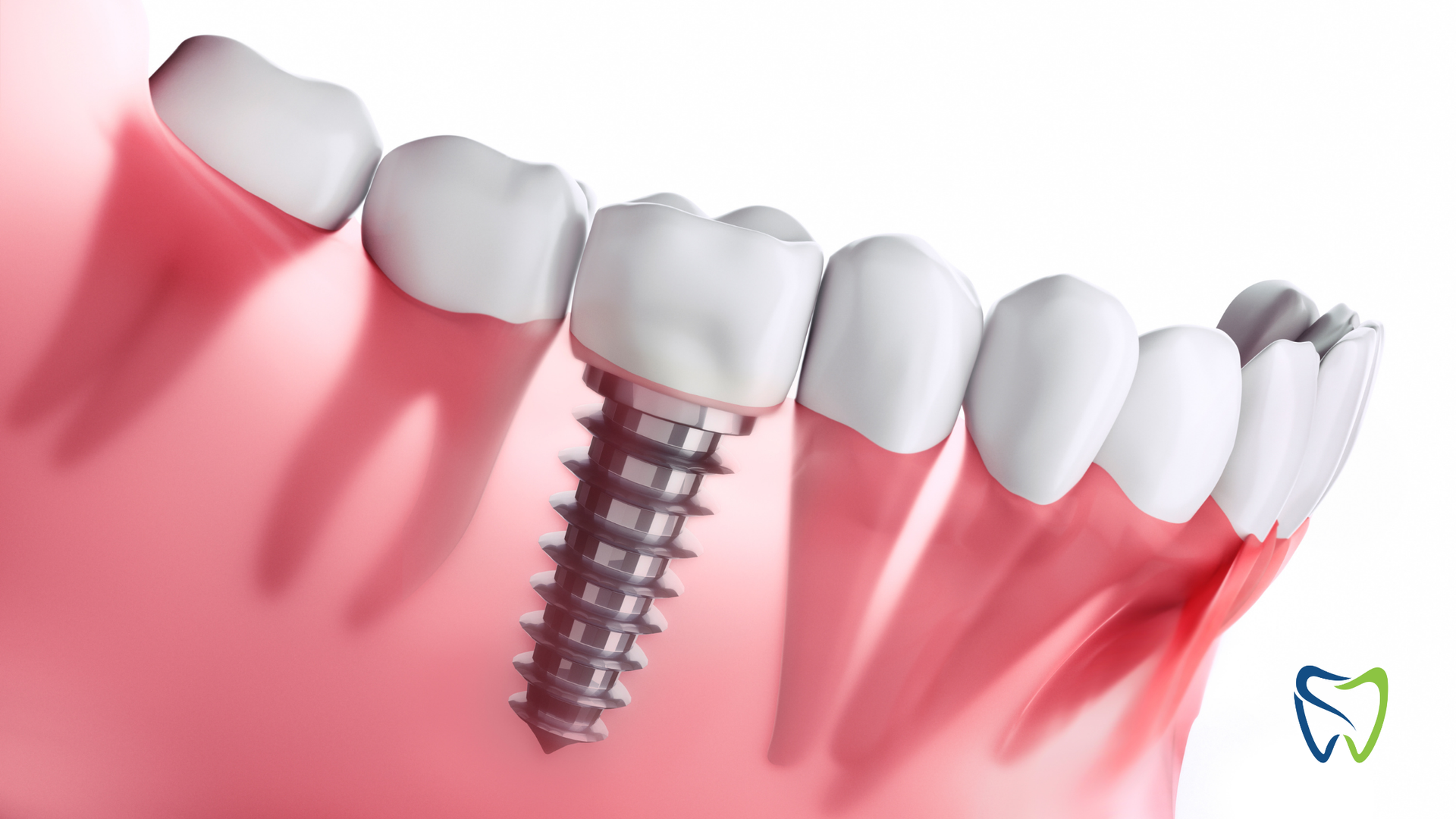
Crowns are not the first line of treatment; preventive care and conservative restorations come first. But when a tooth has lost too much structure, a crown becomes the most reliable option. Common situations include:
- Teeth fractured by trauma or excessive wear.
- Teeth with cavities too large for fillings.
- Teeth that have undergone root canal treatment and are now fragile.
- Teeth worn down by grinding or erosion.
- Dental implants, where a crown replaces the visible tooth above the titanium post.
In each of these cases, the crown is not just restoring the tooth — it is extending its lifespan. We often explain that a crown is an investment in keeping a natural tooth for as long as possible.
Materials: What Crowns Are Made Of
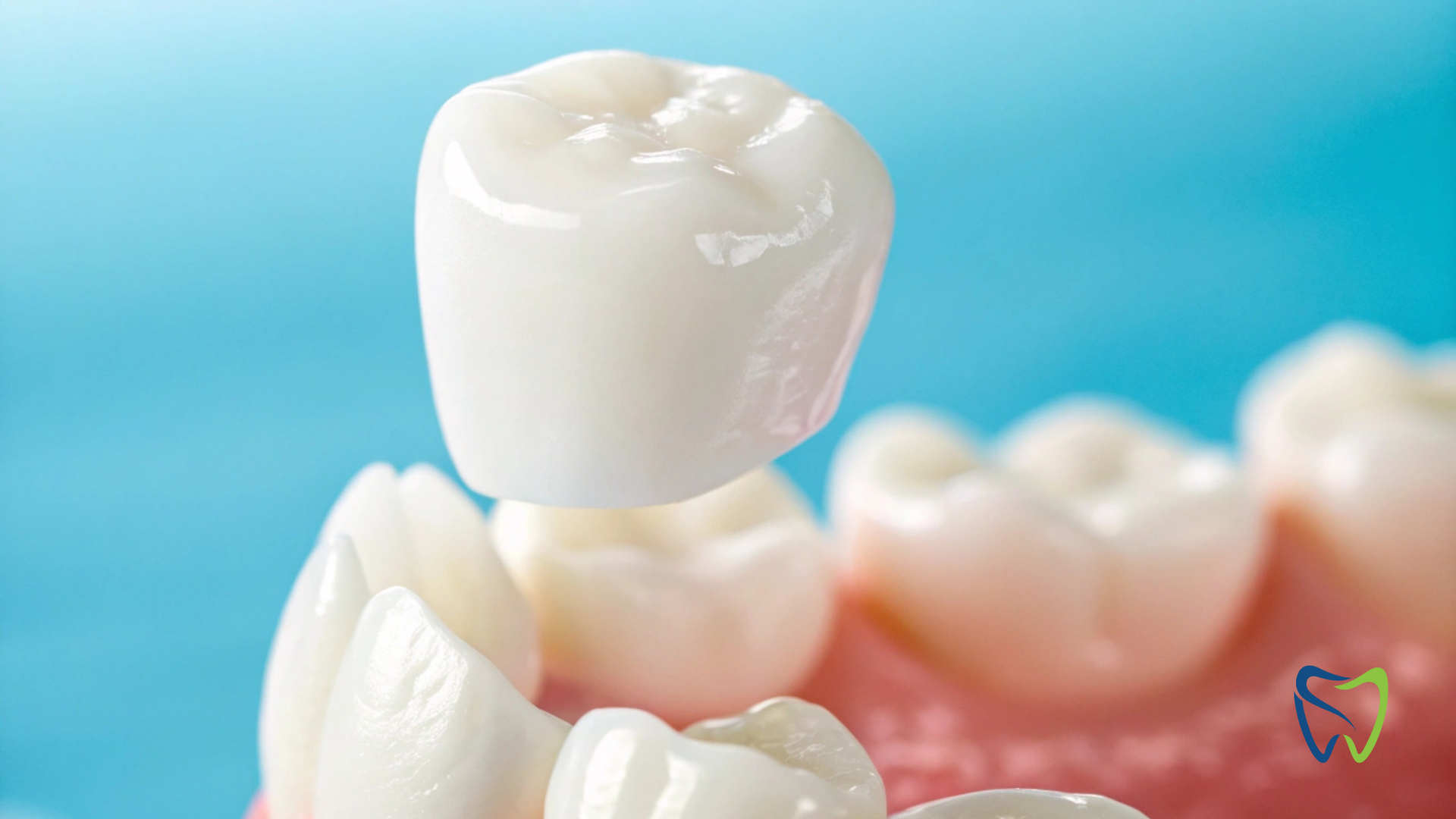
One of the most fascinating aspects of crowns is the variety of materials used to make them. Over the years, dentistry has moved from purely functional metals to advanced ceramics that balance both durability and beauty.
Porcelain
Porcelain crowns are prized for their natural appearance. They replicate the translucency of enamel, making them ideal for front teeth. Modern porcelain is also stronger than older versions, making it a popular choice for patients who value aesthetics.
Porcelain-Fused-to-Metal (PFM)
These crowns combine a strong metal base with a porcelain coating. The result is a restoration that balances durability with appearance. PFMs are still used, though the visible metal edge at the gumline has made all-ceramic crowns more popular in recent years.
Gold and Metal Alloys
Gold crowns, once the standard, remain one of the most durable options. They withstand heavy chewing forces and rarely chip or break. While not as natural-looking, they are often recommended for molars where appearance is less critical.
Zirconia
Zirconia crowns represent some of the most advanced materials in dentistry. Extremely strong and increasingly aesthetic, they are often used for both front and back teeth. They are biocompatible, meaning they integrate well with the body and cause minimal irritation.
Resin
Resin crowns are less costly and quicker to make, but they wear down faster and are more prone to fractures. They are typically used as temporary crowns or in cases where cost is a concern.
Each material has its strengths and limitations. We help patients choose based on the location of the tooth, budget, and aesthetic preferences.
The Process of Getting a Crown

Receiving a crown is a structured process that combines precision, technology, and artistry.
Preparation
The dentist begins by examining and reshaping the tooth. Damaged or decayed areas are removed, and the remaining structure is shaped to support the crown. An impression or digital scan is then taken, capturing the exact dimensions needed for fabrication.
Temporary Crown
While the permanent crown is being made in the lab, a temporary crown is placed. This protects the tooth, maintains function, and prevents shifting.
Final Placement
Once the permanent crown is ready, it is checked for fit, bite, and appearance. Adjustments are made as necessary before it is permanently cemented into place. The result is a restoration that looks natural, feels comfortable, and restores strength.
Benefits Beyond Restoration

Patients often associate crowns only with repairing damaged teeth, but their advantages extend much further:
- Durability: When maintained with proper care, crowns can last 10–15 years or more, offering long-term stability and reliability.
- Natural Aesthetics: Modern crowns are crafted to replicate the color, shape, and translucency of natural teeth, allowing them to blend seamlessly into the smile.
- Protection: Acting as a protective barrier, crowns shield weakened teeth from further decay, cracks, or fractures.
- Restored Function: Crowns restore the strength of compromised teeth, making chewing, biting, and speaking more comfortable and efficient.
- Enhanced Confidence: Beyond physical health, crowns improve self-esteem by restoring a natural appearance and helping patients feel more at ease when smiling.
Together, these benefits show that crowns are not only restorative but also preventive, reducing the likelihood of more extensive treatments in the future.
Why Provider Choice Matters

While materials and technology are important, the success of a crown depends on the dentist’s skill. Proper preparation, precise fit, and careful placement all influence durability and comfort. At Park Family Dentistry, we combine advanced imaging, high-quality materials, and years of experience to deliver crowns that are both functional and beautiful.
Dental crowns may look simple on the surface, but they represent a blend of science, engineering, and artistry. They protect weakened teeth, restore appearance, and provide strength that allows patients to chew, speak, and smile with confidence. Made from materials ranging from porcelain to zirconia, crowns are tailored to each individual’s needs, ensuring both function and aesthetics are preserved.
For patients in Stone Mountain, crowns are more than a treatment; they are a step toward long-term oral health. At Park Family Dentistry, we are proud to provide crowns that combine precision, durability, and natural beauty. By understanding what crowns are and what they are made of, patients can feel confident in their decisions and trust that their smiles are well cared for.






